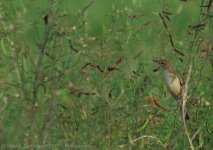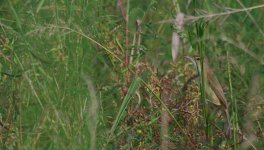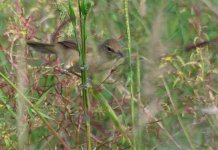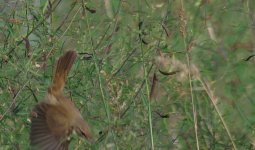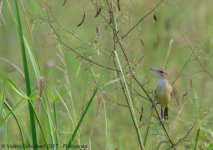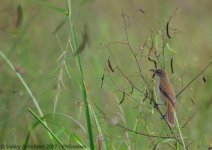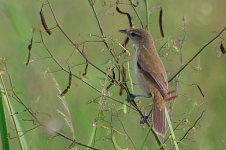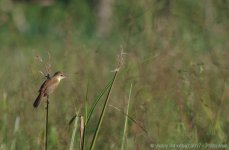Valéry Schollaert
Respect animals, don't eat or wear their body or s
Hi all,
I've published this photo as Acrocephalus orientalis on Wild Bird Photographers of the Philippines, but a member suggested, although not being sure, it might be a Acrocephalus stentoreus harterti, a subspecies I've not seen yet.
I'd be very interested by any comment on separating those 2 similar species.
Thanks.
I've published this photo as Acrocephalus orientalis on Wild Bird Photographers of the Philippines, but a member suggested, although not being sure, it might be a Acrocephalus stentoreus harterti, a subspecies I've not seen yet.
I'd be very interested by any comment on separating those 2 similar species.
Thanks.
Attachments
Last edited:




